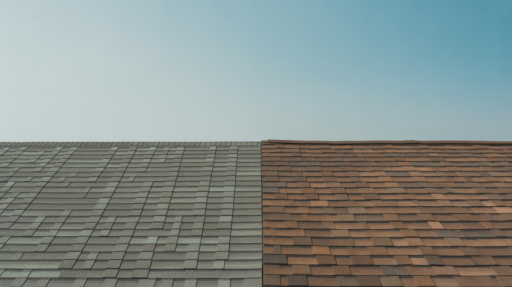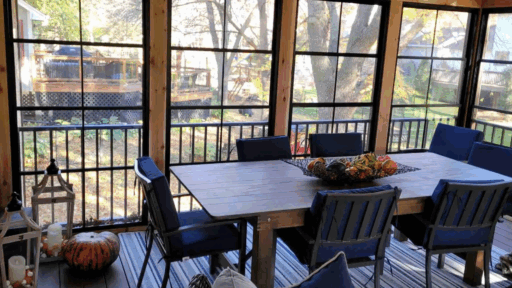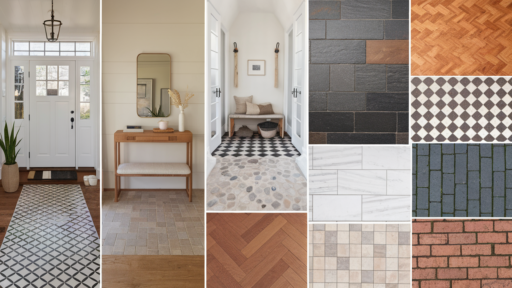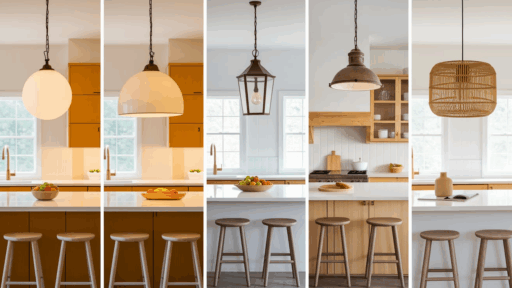Selecting the right shingles for your roof is a significant decision. It changes how your home looks, how well it’s protected, and how much you’ll spend now and in the future.
I’ve helped many homeowners figure this out, and I know how confusing it can be.
You want something that looks nice, lasts a long time, and still fits your budget. It’s not always easy to balance all three.
In this article, I’ll explain the real differences between composition shingles and architectural shingles.
You’ll find out what each one offers, how long they last, how much they cost, and how they perform in different weather conditions.
You’ll get straight answers, no fancy terms, and no sales pitch. By the time you’re done reading, you’ll know exactly which type of shingle is right for your roof and your wallet.
You won’t have to guess anymore, and you’ll feel ready to make a smart choice.
What Is Composition Shingle?
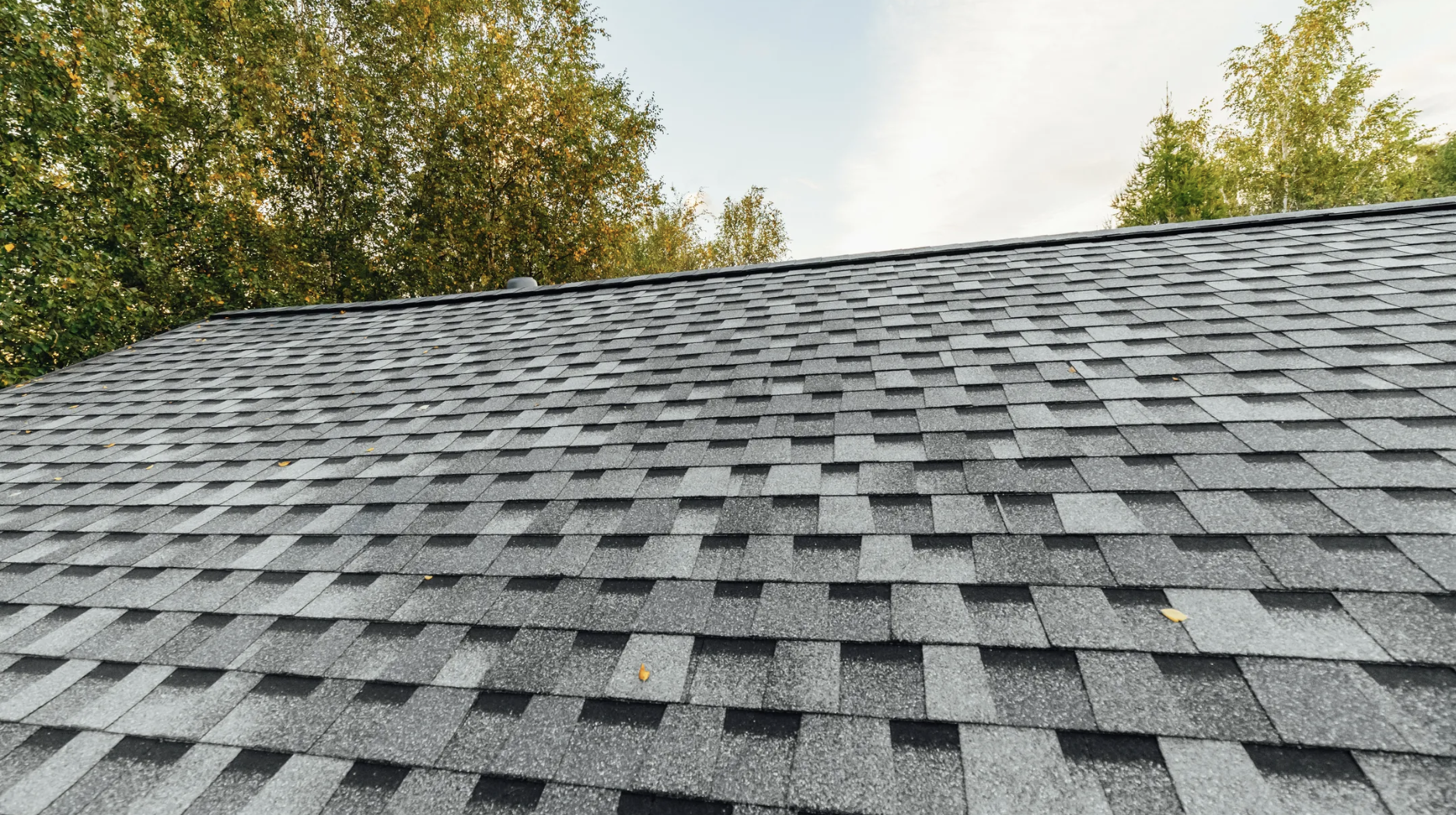
Composition shingles, also known as 3-tab shingles, are the most basic type of asphalt roofing. Each shingle features three cut-out tabs, providing your roof with a flat and even appearance.
They’re made with a fiberglass mat, coated in asphalt, and topped with mineral granules.
I see them often on older homes because they’ve been around for a long time and are known for being simple and affordable.
Many people choose them because they’re the least expensive option. You can cover a roof without spending too much.
But they do have downsides. These shingles are thin, lightweight, and lack the layered look that many homeowners desire today.
They’re also not the best in strong winds or adverse weather conditions.
What Is Architectural Shingle?
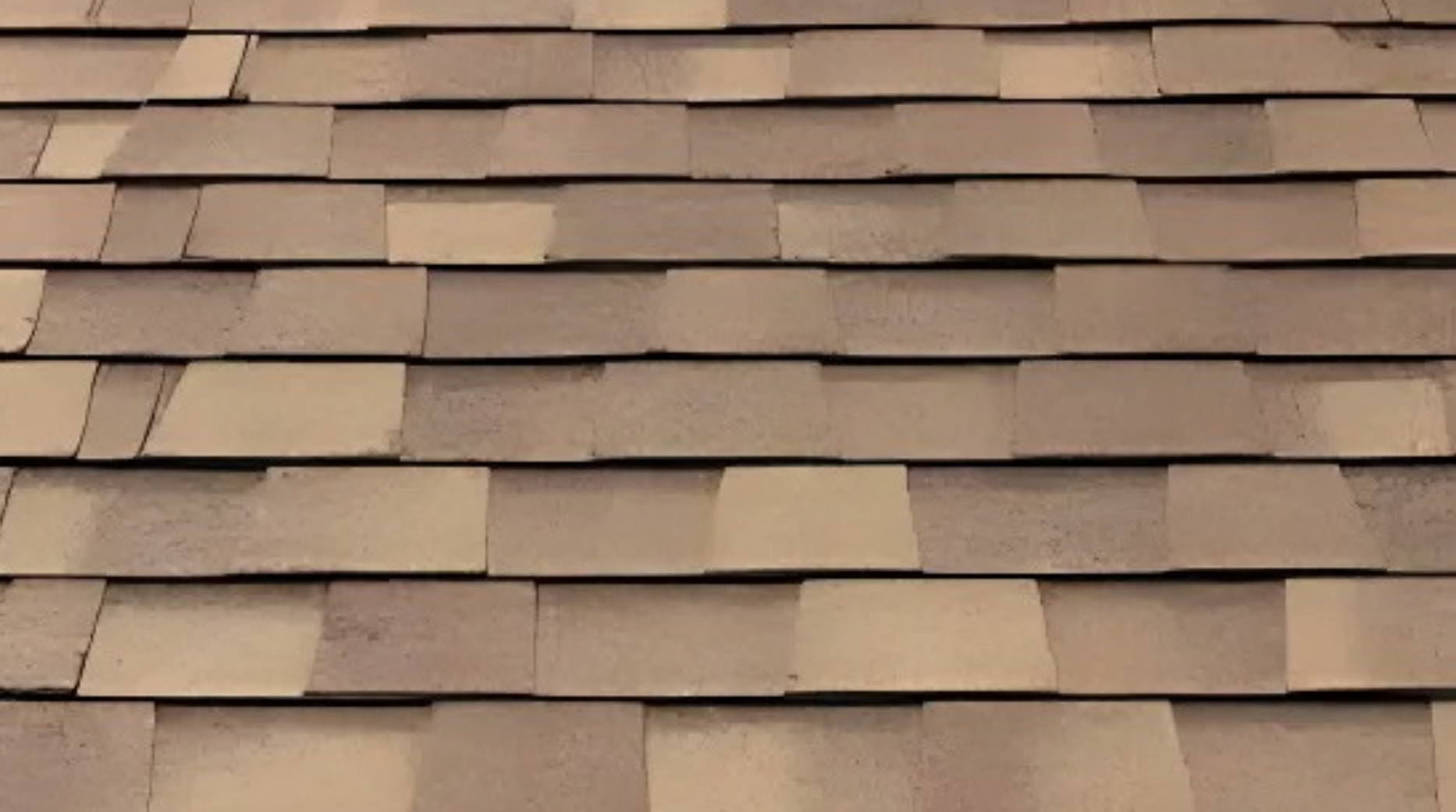
Architectural shingles are considered the premium option for roofing. They’re also called dimensional or laminated shingles due to their layered and textured appearance.
I often recommend them to my clients because they make a roof stand out. These shingles are constructed with multiple layers, creating depth and strong shadow lines.
That extra detail makes your roof look richer and more high-end.
They’re also much thicker than basic 3-tab shingles. They feature a stronger fiberglass base, a thicker asphalt coating, and higher-quality granules.
This means they last longer and handle tough weather better. What really makes them popular is the variety of options.
Architectural shingles come in a variety of colors and styles, allowing you to match them with almost any home design, whether your house is traditional or more modern.
Composition vs Architectural Shingles

Let me break down the real differences between these two options. I’ll provide you with the facts you need to make an informed decision.
1. Appearance and Design
When it comes to appearance, the difference between composition and architectural shingles is readily apparent.
One gives your roof a basic, clean look, while the other adds style, depth, and a modern, contemporary curb appeal.
| Feature | Composition Shingles | Architectural Shingles |
|---|---|---|
| Overall Look | Flat, uniform, and simple | Textured, layered, and dimensional |
| Pattern | 3-tab design with repeating straight lines | Varied layout with depth and shadow lines |
| Style Impact | Functional but plain | Stylish and eye-catching |
| Mimics Natural Materials | No | Yes – looks like slate or wood |
| Color Variety | Limited (about 10–15 options) | Wide range (over 50+ colors and styles) |
So, if you want a roof that blends in and does the job, composition shingles are a suitable option.
However, if you want your roof to enhance your home’s appearance, architectural shingles offer a greater range of style, color, and design impact.
2. Durability and Lifespan
When it comes to how long your shingles will last, this is where the real difference shows.
Durability and lifespan vary a lot between composition and architectural shingles, and it all comes down to how they’re made.
| Feature | Composition Shingles | Architectural Shingles |
|---|---|---|
| Average Lifespan | 15–20 years (with proper care) | 25–30 years or more |
| Material Thickness | Thin, single-layer design | Thicker, multi-layer construction |
| Storm Resistance | Lighter, more prone to damage | Heavier, more stable in high winds and storms |
| Cracking & Curling | More likely to crack or curl over time | Built to resist cracking and curling |
| Real-World Performance | May need replacing in 12–15 years | Often lasts over 20 years with minimal wear |
If you’re looking for long-term value and strength, architectural shingles clearly come out on top.
The superior materials, increased thickness, and enhanced design make them worth the higher cost over time.
3. Cost
Cost is a significant factor in choosing the right shingles. While composition shingles are initially less expensive, architectural shingles offer greater value over time.
The price difference makes sense when you consider how long each one lasts.
| Feature | Composition Shingles | Architectural Shingles |
|---|---|---|
| Material Cost (Per Square) | $100–$150 | $150–$250 |
| Total Project Cost | $5,000–$8,000 (average home) | $8,000–$15,000 (average home) |
While composition shingles may save you money now, you’ll likely need to replace them sooner.
Architectural shingles cost more upfront but often save you money over the decades, and you get better performance, too.
4. Installation Process
Both composition and architectural shingles utilize standard roofing methods, resulting in a similar overall installation process.
However, the details make a significant difference, especially in terms of time, handling, and finish quality.
| Feature | Composition Shingles | Architectural Shingles |
|---|---|---|
| Ease of Handling | Lighter and easier to carry | Heavier and bulkier to move |
| Install Speed | Faster, with fewer cuts needed | Slower due to careful alignment |
| Waste Generation | Less waste due to a simple shape | Slightly more waste from layered cuts |
| Skill Level Needed | Basic roofing skills are enough | Requires more precision and experience |
| Visual Impact | Straightforward layout | Appearance depends heavily on proper placement |
While composition shingles are quicker to install, architectural shingles need more attention to detail.
A clean, sharp look with layered shingles only happens when they’re aligned properly — and that takes a bit more skill.
5. Performance in Harsh Weather
When it comes to weather resistance, architectural shingles clearly outperform composition shingles. The added weight and thicker build give them a big edge in tough conditions.
| Feature | Composition Shingles | Architectural Shingles |
|---|---|---|
| Wind Resistance | Prone to lifting in strong winds | Higher wind ratings; stays secure in heavy storms |
| Hail Protection | Easily damaged by impact | A thicker build absorbs impact better |
| Storm Performance | Can blow off in winds as low as 60 mph | Holds up well in winds above 100 mph (with proper install) |
| Overall Durability | Less reliable in harsh weather | Built for strong resistance in tough climates |
If you live in an area with frequent storms, architectural shingles can provide genuine peace of mind.
The difference in weather protection isn’t just about looks. It can help protect your entire home.
6. Resale Value
Your choice of shingles can impact more than looks; it can also affect home value and how buyers perceive your property.
The difference between architectural and composition shingles is clear when it’s time to sell.
| Feature | Composition Shingles | Architectural Shingles |
|---|---|---|
| Buyer Appeal | Viewed as basic or temporary | Seen as premium and long-lasting |
| Appraiser Value | Neutral impact on home value | Often adds value due to quality and durability |
| Real Estate Reactions | Buyers may ask about replacement timing | Buyers respond positively to newer, dimensional shingles |
| Visual Impression | Flat, standard appearance | Enhanced curb appeal with a textured look |
So while composition shingles won’t hurt your home value, they don’t boost it either.
Architectural shingles, on the other hand, often make your home more attractive to both buyers and appraisers.
Maintenance Tips for Both Shingle Types
Taking care of your roof helps your shingles last longer, regardless of the type you choose.
A few simple habits can prevent major problems and save you money in the long run. Here are key maintenance tips every homeowner should follow:
- Clean your gutters twice a year
- Inspect your roof once a year for damage
- Fix loose, cracked, or missing shingles quickly
- Trim tree branches that hang over your roof
- Keep your attic well-ventilated to reduce heat buildup
- Remove moss and algae as soon as you spot them
- Use only safe, approved cleaning products for roof care
Conclusion
Choosing the right shingles depends on your budget and the length of time you plan to stay in the home.
If you’re watching costs or working on a rental, composition shingles are a good pick. They’re affordable and offer basic protection, but they wear out sooner.
For a long-term home, architectural shingles are worth the higher price. They last longer, look better, and can add value when it’s time to sell.
If you can afford them, go with architectural shingles. The long-term savings and better durability make them a smart choice.
Always check with a roofing expert first. Local weather and roof design play a big role.
Have experience with either type? Drop a comment; your advice could help someone else make the right choice.
Frequently Asked Questions
Can I Install Shingles Myself?
It’s not a good idea unless you have roofing experience. Mistakes can lead to leaks, safety risks, and lost warranties. Hiring a pro is usually the smarter choice.
Do Darker Shingles Make My Home Hotter?
Yes, darker shingles absorb more sunlight, which can raise the temperature in your attic and increase cooling costs.
What Causes Shingles to Curl and Crack?
Shingles curl or crack due to age, heat, and inadequate attic ventilation. UV rays break down materials over time. Good airflow in your attic helps slow down this damage.
Are Expensive Shingles Always Better?
Not always, but higher cost often means better materials and longer warranties. Check reviews, ratings, and manufacturer support before making a purchase.
Can I Put New Shingles Over Old Ones?
Some codes allow a second layer, but full removal is usually best. Old shingles can conceal damage below, and additional layers can add weight that may strain your roof.

